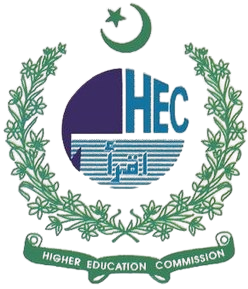SYNTACTIC ANALYSIS OF PUBLIC COMMENTS IN THE 2025 INDO-PAK CONFLICT
DOI:
https://doi.org/10.63878/jalt962Keywords:
Digital communication, ellipsis, India-Pakistan conflict, nationalist rhetoric, social media discourse, syntactic analysis.Abstract
In this research paper, the student syntactically examines the use of ellipsis in social media discourse as revealed by the strategic use of public statement in the India Pakistan conflict of 2025. An omission of certain words or phrases (ellipsis) can be a potent tool of language that defines the story, supports the ideological boundaries, and creates an illusion of perception in polarized society. The research analyzes the knowledge about six ways of ellipse: nominal, verbal, clausal as well as gapping, stripping, and comparative ellipse of the 469 social media comments by Indian and Pakistani users gathered on May 1st and May 10, 2025. It is with the qualitative content analysis of data that the research determines the way by which elliptical constructions attain conciseness, rhetorical highlight, and ideological conviction. The results indicate that ellipsis is a language construct that is used to conceal agency (e.g. the attacks went on...), exaggerate ideological polarization (e.g. Pakistan Zindabad!), and increase economical clarity in viral messages. The situation the research closes is a significant gap in conflict discourse scholarship as research on this topic has been mainly limited to either lexical or sentiment-based studies, whereas the study establishes how syntactic omissions contribute to perception in the case of digital geopolitics. As a methodological contribution, it leads to content analysis through categorization of elliptic constructions in a systematic way, providing a model of future research on weaponized language in a state of crisis.
Downloads
Published
Issue
Section
License

This work is licensed under a Creative Commons Attribution-NonCommercial-NoDerivatives 4.0 International License.


